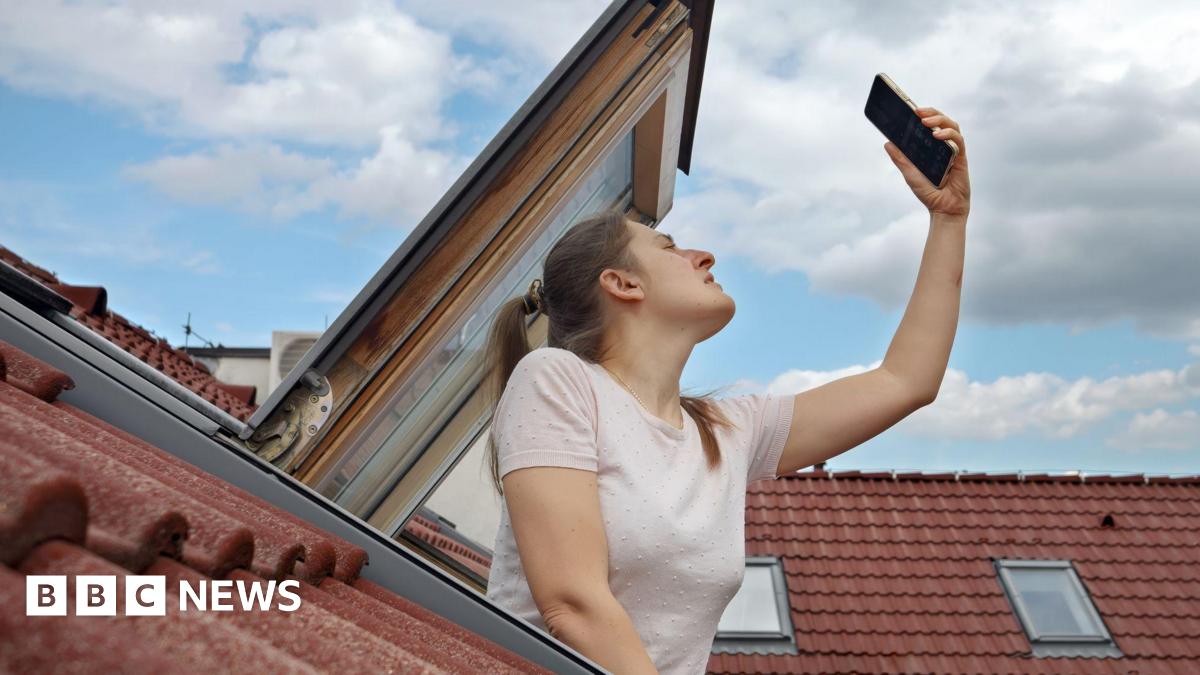When you see the 5G symbol at the top of your phone, you probably assume you’re getting faster internet speeds – the kind promised when it first arrived five years ago.
Mobile networks told us that 5G would provide us with faster downloads, smoother streaming and instant connectivity.
It has received lots of investment from mobile operators and the government but has faced several setbacks, particularly as 5G requires a lot of masts because it delivers faster speeds over shorter distances.
New research suggests that the 5G symbol you see on your screen might not match what you’re actually getting in terms of internet speed.
Tests carried out by research group Policy Tracker, and shared with BBC’s Morning Live, found that nearly 40% of the time a phone displays the 5G symbol, it is actually using a 4G connection.
That means you could be paying for, and seeing, 5G while your phone quietly sticks to slower speeds.
The peak theoretical download speed for 5G is up to 20,000 megabits per second which is fast enough to download 18 HD films in under a minute, but for many of us our speed is far lower than that.
The research comes as some mobile networks begin rolling out “standalone 5G” – a new service that, they say, promises true 5G speeds all the time.
In order to benefit from this you will need to purchase a specific phone plan which often comes with a higher price tag.

